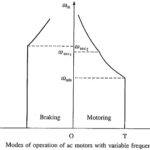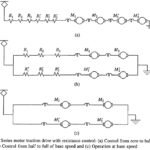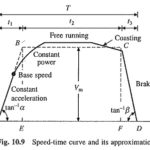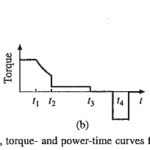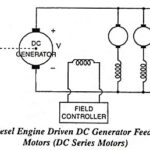Traction Drives Articles
Traction Drives Articles: Electric Traction Services: Electric Traction Services can be broadly classified as: Electric Trains. Electric buses, trams (or tramways) and trolleys. Battery driven and solar powered vehicles. Electric…
